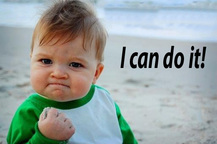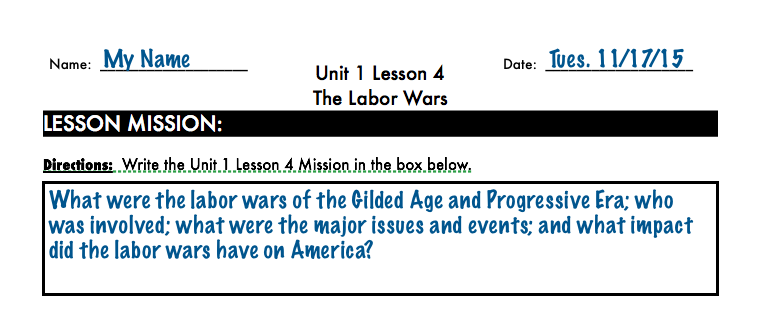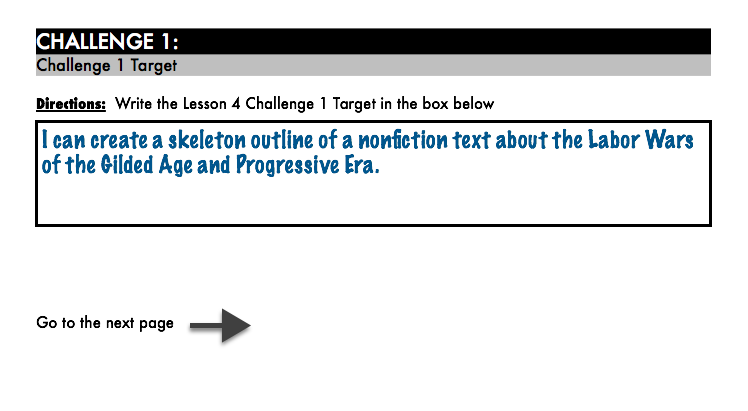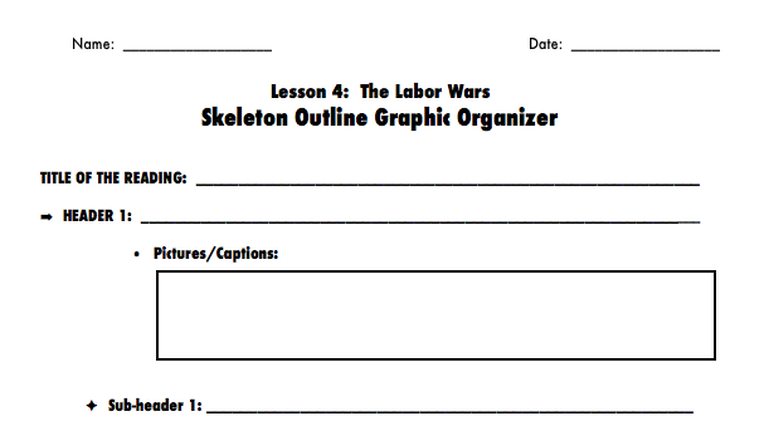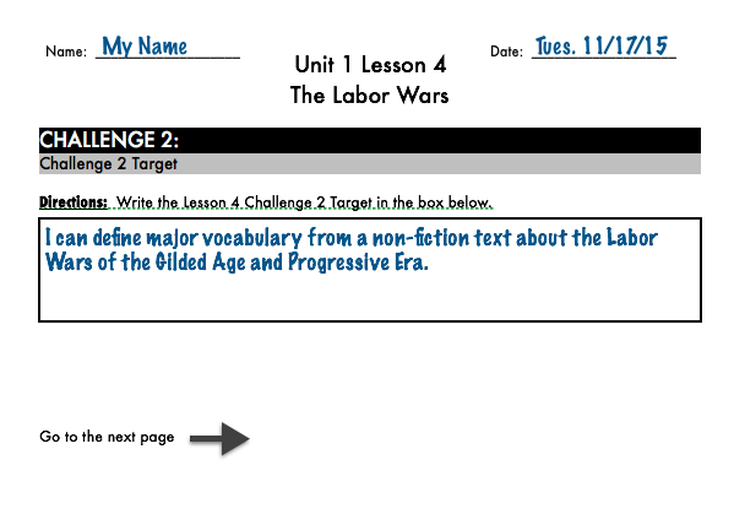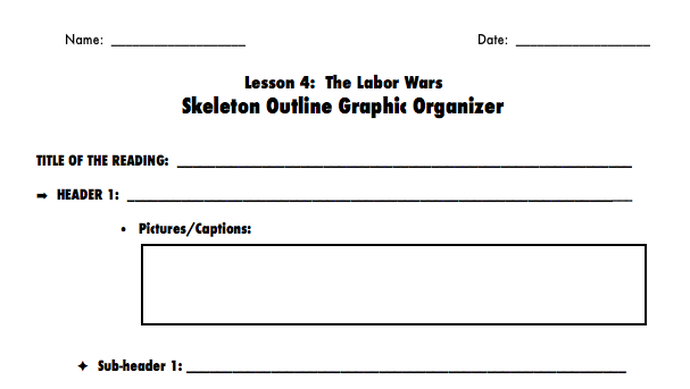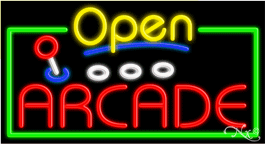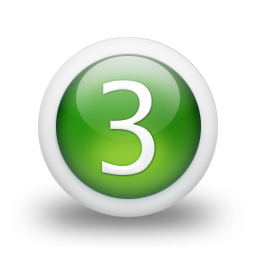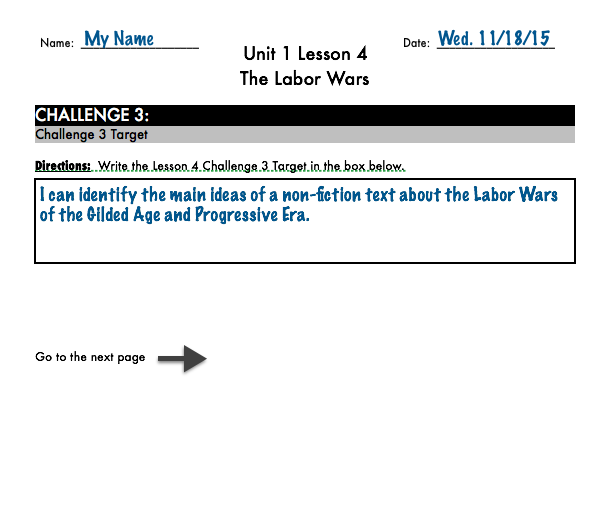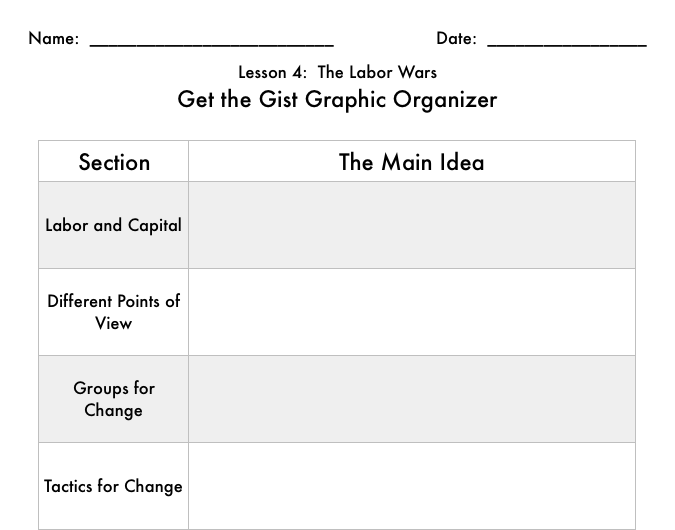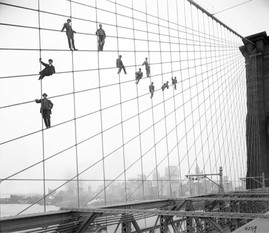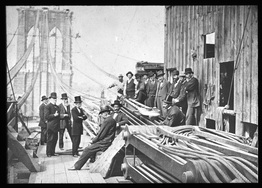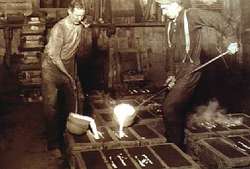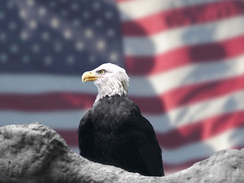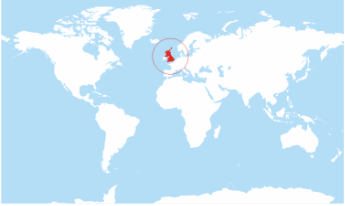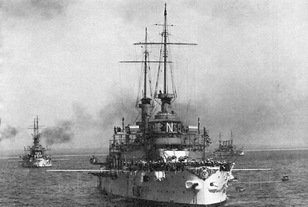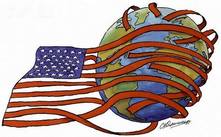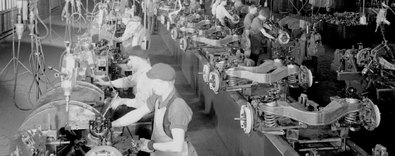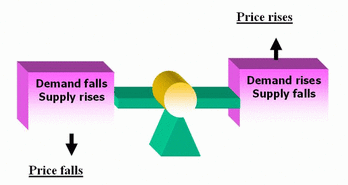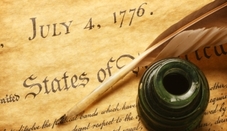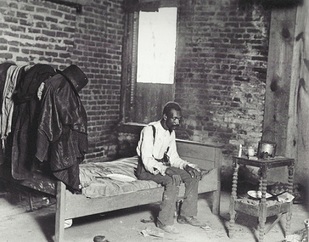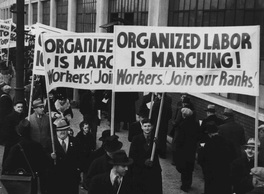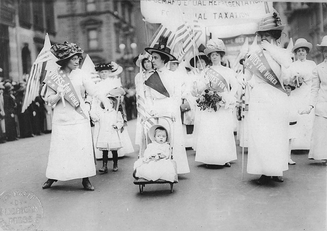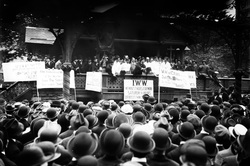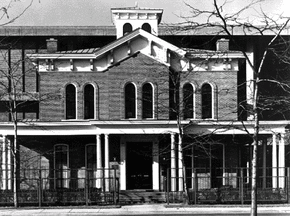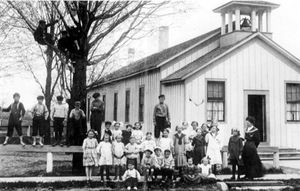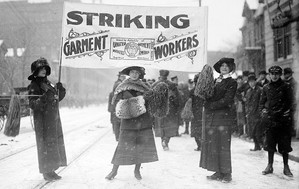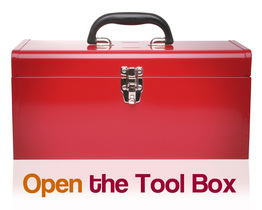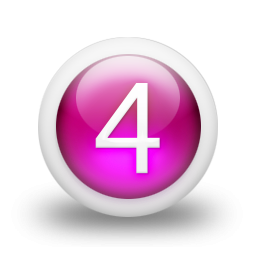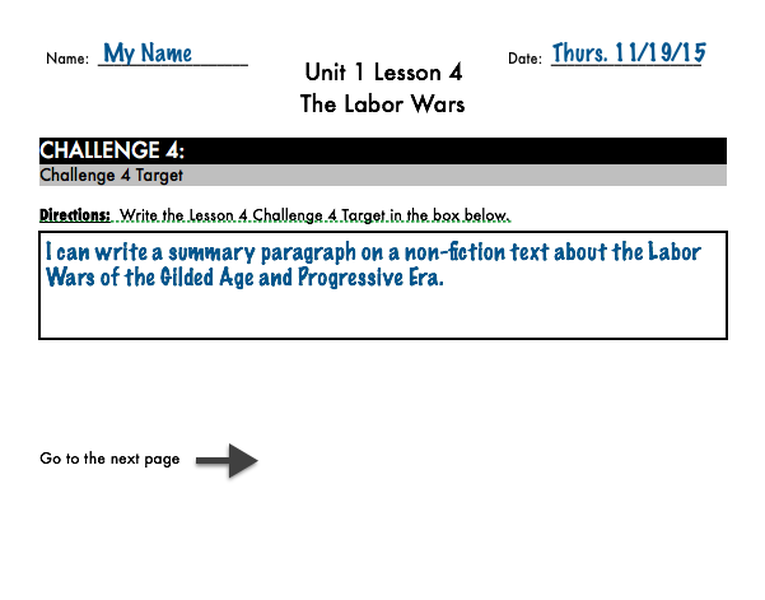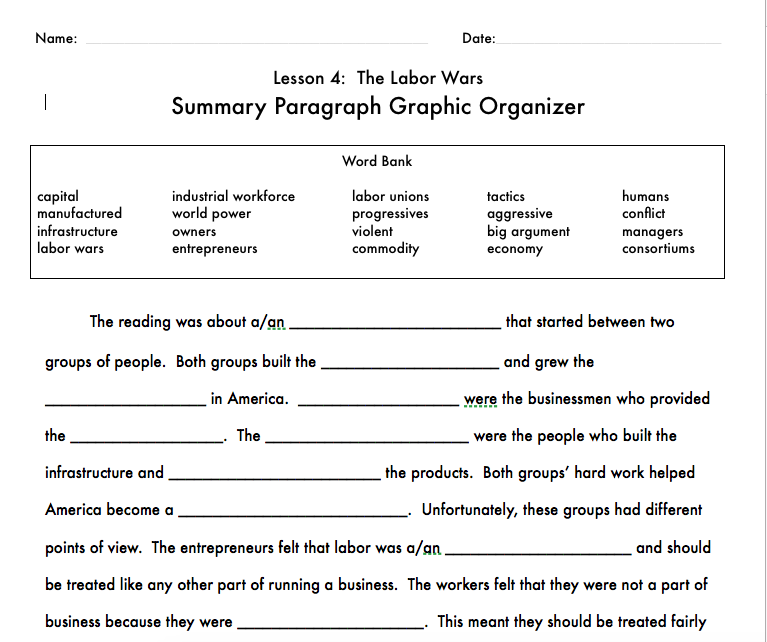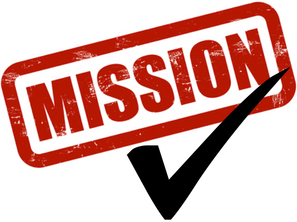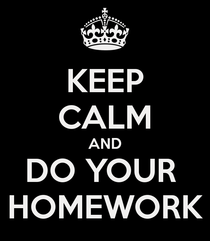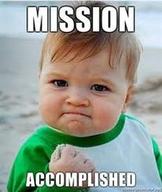UNIT 1: THE GILDED AGE
LESSON 4: THE LABOR WARS
LESSON MISSION
DIRECTIONS:
|
Today's Lesson will focus on The Labor Wars that occurred during the Gilded Age and Progressive Era of U.S. History. Let's begin by focusing our attention on the Lesson Mission.
|
LESSON MISSION QUESTION:
What were the labor wars of the Gilded Age; who was involved; how did it develop; what were the major issues and events; and what impact did the labor wars have on America?
This portion of your Lesson Chronicles is embedded below.
I can create a skeleton outline of a nonfiction text about the Labor Wars of the Gilded Age and Progressive Era.
CHALLENGE 1 DIRECTIONS:
Now we will practice a "Before You Read Strategy" when reading nonfiction text. It is called a skeleton outline. In a skeleton outline, you identify the headers and subheads in the text and analyze the way that they are organized, to make predictions about the text.
- Write your name and date at the top of your Lesson 4 Challenge 1 Chronicles.
- Write the Challenge 1 Target in your Lesson Chronicles under the Challenge 1 Target header.
- With the class, use the headers, sub-headers, and pictures to fill in the skeleton outline.
I can define major vocabulary from a nonfiction text about the Labor Wars of the Gilded Age and Progressive Era.
CHALLENGE 2 DIRECTIONS:
Now we will look over the vocabulary for the lesson and use it to make predictions about the reading by playing in the "Labor Wars Arcade." In this activity, you will play different arcade games to help you learn the vocabulary words in this reading. You will then use these vocabulary words along with your skeleton outline to make predictions about the reading.
- Write your name and date at the top of your Lesson 4 Challenge 2 Chronicles.
- Write the Challenge 2 Target in your Lesson Chronicles under the Challenge 2 Target header.
- Click on the Arcade icon to play the Vocabulary Games. Play at least one round of all the games.
- After playing games, go to Challenge 2 in your Chronicles and write the correct vocabulary word next to each definition.
- Click on the icon below to play the vocabulary games.
I can identify the main ideas of a nonfiction text about the Labor Wars of the Gilded Age and Progressive Era.
CHALLENGE 3 DIRECTIONS:
Now we will read the lesson text, The Big Argument." After each section, we will stop and identify the main ideas. Write these main ideas in your Get the Gist Graphic Organizer under Challenge 3.
- Write your name and date at the top of your Lesson Chronicles.
- Write the Challenge 3 Target in your Lesson Chronicles under the Challenge 3 Target header.
- We will read the following reading as a class and will stop after each section. I will use the spinner to select one person to tell me the main idea.
- Fill in the main idea for each section in your Lesson 4 Challenge 3 Chronicles, as we go over it in class.
THE BIG ARGUMENT
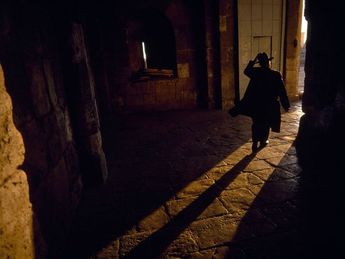
Sometimes workers would stage a walkout. A walkout was a form of strike where workers walk off of their job to show they do not approve an employer's actions. These types of strikes were a bit more effective but usually only produced short term benefits. A walkout caused production to stop immediately and caused the owner of the industry to lose money. This did prompt owners to give into some of the unions demands. Unfortunately, when production started again and the owners began making money again, he either went back on the agreement or fired the members of the union that walked out.
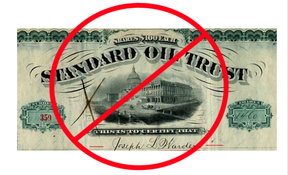
Another aggressive tactic labor unions used was a boycott. A boycott was when labor unions convinced people to stop buying or using the products of a certain company so the company would give in to labor unions demands to avoid losing money. Boycotts were successful in small communities but most of the time labor unions could not gather enough support for an effective boycott in large cities.

The most aggressive tactic that labor unions used was intimidation. This tactic earned labor unions a bad reputation not only with managers and owners but with many workers and progressives as well. Intimidation tactics took many forms.
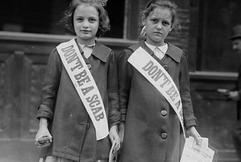
One form of intimation used by labor unions was called picketing. Picketing is when workers in a union stand outside of a factory or business to scare away customers and anyone looking for a job. These weren't usually effective because it was difficult to gather enough workers who would be willing to participate. Many were afraid if they did, they would lose their jobs. Also, there were too many people looking for industrial jobs. If a person left their job, there was always someone else who needed it despite the poor working conditions.
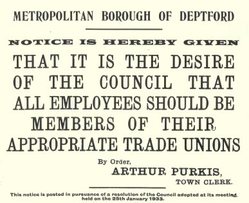
Intimidation tactics worked a little better for skilled workers or people who worked in a trade. One form of intimidation with skilled workers that proved to be successful was a closed shop. A closed shop is when a union of skilled workers bullies an employer into hiring only members of their union. This was effective with trade jobs because a worker had to have special training or experience to do the job. If a manager or owner needed to hire a skilled worker, it was difficult to find workers who were not members of a union. Many were forced to agree to a closed shop in order to run their business.
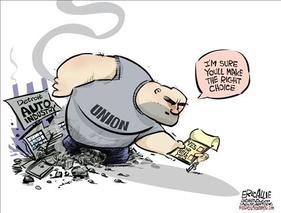
The form of intimidation that gave labor unions a bad name was called union intimidation. Union intimidation is when labor unions bullied and threatened non-union workers in an effort to get them to join the union. Some unions felt they had to use union intimidation because the only real advantage they had in gaining better working conditions was their numbers.
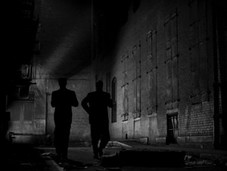
Non-union workers were a threat to labor unions' efforts to gain better working conditions. Non-union members did not want to participate in strikes, walkouts, or pickets. They were afraid of losing their jobs. Labor unions intimidated them to join because union strikes, walkouts, and pickets would not work unless production stopped and the managers and owners lost money. If the managers and owners still had people working for them, production would continue and union efforts would be in vain.
AGGRESSIVE TACTICS USED BY PROGRESSIVES
 What do you think, "The pen is mightier than the sword" means?
What do you think, "The pen is mightier than the sword" means?
The Progressives also used peaceful tactics to improve working and social conditions. One group of Progressives who made a big impact were the Muckrakers. Muckrakers were journalists who published newspaper articles and magazines that exposed the corruption and cruelty of industrialists and government leaders. Muckrakers were the first investigative reporters.

Another group of Progressives used politics to gain better working and social conditions. Politics are the activities, actions, policies that are used to gain and hold power in a government or to influence a government. Some Progressives lobbied to have laws passed. Others actually ran for political offices so that they could implement and oversee changes themselves.

Many middle class women formed organizations during this time that worked to bring social change. Some of these groups were willing to use aggressive measures to improve working conditions in industries. The National Consumers League was an organization that used boycotting to improve working conditions for working-class women.
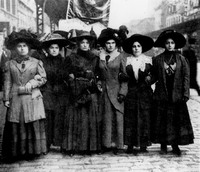
Another women's group was The Women's Trade Union League. This group was a partnership between upper and middle class women and working class women. The organization was one of the first of its kind. It crossed class barriers to accomplish one goal, better treatment of women in the workforce. The working - class women ran the league and the middle and upper class women donated money, paid for lawyers to represent the workers, informed the press, and participated in picket lines with the workers.
Violent Tactics
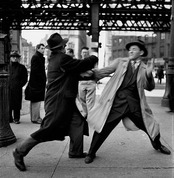
A few labor unions and Progressives used violent tactics. Violent tactics were methods used that caused destruction, injury or death either in the process of attaining a goal or as a means to accomplish a goal. Violent tactics tended to be more of a demonstration of anger about working conditions more than an actual attempt to gain better treatment.
VIOLENT TACTICS USED BY LABOR UNIONS
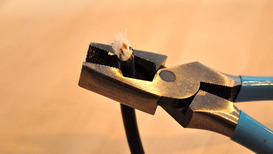
A few labor unions used violent tactics on purpose to force managers and owners to improve working conditions. These tactics were illegal. One of these purposeful and illegal tactics was sabotage. Sabotage was when a worker would purposely damage or destroy machinery in order to stop production in a factory. Some sabotage was obvious in that the machinery was so damaged, a person could tell on sight that it was sabotage. Other sabotage was not obvious. A worker would deliberately do something to make the machine malfunction. Many times, people were hurt when the machines malfunctioned from sabotage.
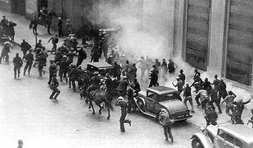
Another violent tactic used was rioting. Rioting is when a group of people participates in violent, public disorder, such as fighting, breaking other people's property, robbing stores, and running wild, as a form of protest. Most of the time riots were not a planned event. Rioting usually occurred when police or hired security teams tried to stop or interfere with a rally, strike, picket or other demonstration.
PROGRESSIVES VIEW OF VIOLENT TACTICS
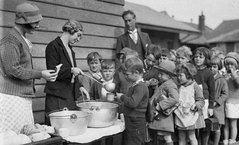
Most Progressives did not approve of violent tactics to reform working and social conditions. Progressives were educated people in the middle and upper class. Their goal was to improve people's lives. They did not want to hurt or injure others. Progressives used education and our system of government to achieve reform. Reform means to improve, correct, or fix something for the better.
GROUPS AGAINST CHANGE

Labor reform was not only a big deal to the workers, it was a big deal to those who owned or managed businesses as well. Doing away with child labor, paying workers higher wages, cutting back on worker hours, making the workplace safe, providing benefits, time off, and compensation all cost businesses a great deal of money. These types of reforms could cause small businesses to go into bankruptcy and cause a big drop in big businesses profits.
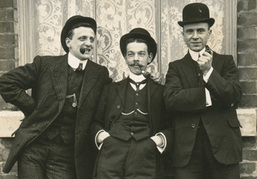
Three major groups that opposed labor reform were the business owners, business managers, and consortiums. Business owners were the entrepreneurs who took risks to start a business, worked to build the business, suffered losses when the business did poorly, and enjoyed profits when the business was successful. Some business owners owned huge corporations and others owned small businesses. Business managers were people hired by business owners to run a section of a company, run a part of the company located in a different area, or to run the company in their absence. A consortium is a group of businesses, investors, financial institutions, and politicians who work together to grow and expand businesses.
BUSINESSES FIGHT BACK
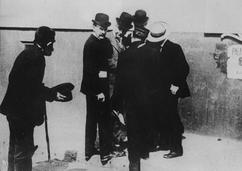
Business owners, business managers, and business consortiums had tactics of their own to fight back against labor unions and Progressives. The groups who opposed labor reform also used peaceful, aggressive, and violent tactics to stop labor unions so they could keep making a profit. Most of the time, opponents of labor reform only used tactics when they were reacting to a tactic first used by labor unions and Progressives.
Peaceful Tactics

Sometimes business owners and managers were willing to sit down for collective bargaining. As discussed before, collective bargaining was when labor unions met with the managers or owners of industries to try to negotiate an agreement that both workers and owners can be happy with.

One group in the business consortium that helped in peaceful ways was financial institutions. Financial institutions were places that handled businesses' money, provided loans, managed trusts, and organized investments. Financial institutions include places such as banks, trust companies, and investment dealers. Financial institutions helped businesses by helping them reorganize their budgets and lending them money so the could afford labor reforms.

Another group that helped in peaceful, but perhaps unethical ways were politicians. Politicians and businesses worked together to help each other. Businessmen funded political campaigns and used their influence to get politicians elected. In return, politicians made sure that labor reform bills did not pass for businessmen.
Aggressive Tactics
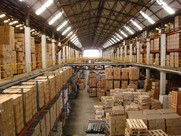
Sometimes companies over produce so that they can have an inventory. An inventory is a stockpile of finished goods that are ready to be sold. If a company had an inventory, then they could use a lockout to respond to labor reform efforts. A lockout is a reverse strike where the owner tells the employees that they must agree to a pay cut or be fired.
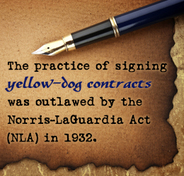
Another aggressive tactic that businessmen used were yellow-dog contracts. A yellow-dog contract was a legal contract where a new worker had to sign a document pledging that they would not join a union. If the new employee did join a union, then the employer could fire the worker or take him to court for violating the agreement.

Yet another unethical tactic used by business owners were blacklists. A blacklist was a list of workers that a business owner believed to be in a union. Business owners would share these lists with other business owners. If an employee on a blacklist was fired, he or she would not be able to find work in the city because business owners would not hire any workers who's name was on a blacklist.
Violent Tactics
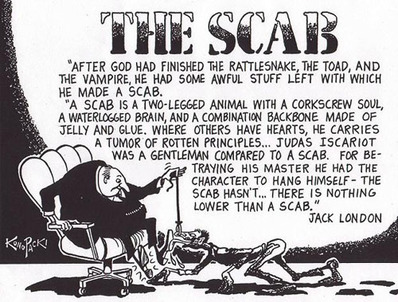
Businessmen also used tactics that turned violent. One tactic they used was to hire scabs. A scab was a temporary worker hired by a business, who crossed a strikers' picket line, to go to work in place of the strikers. Businessmen knew this could possibly turn violent. Picketers became angry at scabs for agreeing to work for businessmen and potentially harming their efforts. Often the picketers would harass and threaten scabs until they finally left. If the scabs continued to pass the picket line, picketers would often attack them and beat them. Sometimes scabs suffered severe injuries and a few even died. Businessmen were trying to keep their businesses going despite a picket line, but incidents where picketers attacked scabs made labor unions look badly. So, often hiring scabs was also an attempt to turn the public against labor unions.
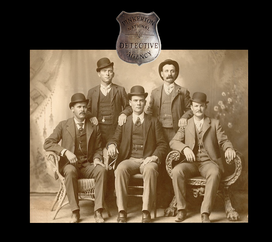
Business managers felt a lot of pressure running industries for business owners. They knew that their livelihood depended on doing a good job. Sometimes when a strike or picket would break out, business managers would hire Pinkerton Detectives. Pinkerton Detectives worked for Allan Pinkerton and his Pinkerton Detective Agency. The Pinkerton Detective Agency was one of the first private detective agencies in the United States. The detectives that worked for the agency played an major role in law enforcement in the late 1800s and early 1900s. Pinkerton agents were hired by businesses to capture bank robbers, counterfeiters, and forgers; to stop and break up strikes, pickets, and rallies; and to act as spies in labor unions.
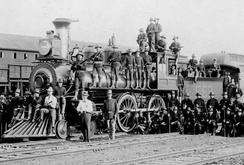
Recall the politicians who were part of the business consortium. The politicians who held offices in congress were able to pass laws that made strikes illegal. When labor unions held strikes, business owners had strikers arrested. Sometimes this did not stop strikers. They would simply get out of jail and strike again. When this happened, state or federal troops would be sent to permanently break up the strike.
THE LABOR WARS
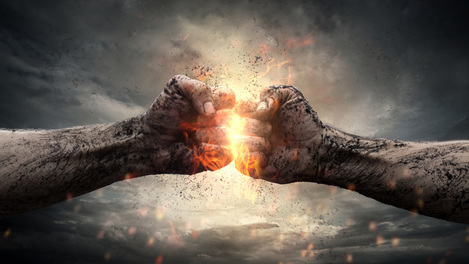
The Labor Wars were fights between labor unions seeking better treatment for workers and industrialists protecting their right to run their business. Both sides had supporters and both sides developed strategies in order to get what they wanted. Many events resulted from the conflict between workers and industrialists and many people became leaders in the struggle to win. You will learn about these people and events in Challenges 2 and 3. The changes that came about in the way workers were treated led others who felt they were being treated unfairly to fight. Out of the fight to right the wrongs of the Gilded Age came a new era. The new era was called the Progressive Era.
I can write a summary paragraph on a nonfiction text about the Labor Wars of the Gilded Age and Progressive Era.
CHALLENGE 4 DIRECTIONS:
Now we will practice summarizing a nonfiction text by doing a "Clozed Summary". A Clozed Summary is a summary paragraph where key words have been removed. Your job is to determine which words from the word bank best fill in the blanks to complete the summary.
- Write your name and date at the top of your Lesson 4 Challenge 4 Chronicles.
- Write the Challenge 4 Target in your Lesson Chronicles under the Challenge 4 Target header.
- In your small groups read the summary paragraph in your lesson chronicles. Fill in the missing key words to complete the summary.
I can compare and contrast the major Labor Unions and Labor Reformers of the Gilded Age and Progressive Era.
CHALLENGE 5 DIRECTIONS:
I can identify the important details of major events in the Labor Wars of the Gilded Age and the Progressive Era.
CHALLENGE 6 DIRECTIONS:
CHALLENGE 7: MISSION ACCOMPLISHED
CHALLENGE 7 TARGET:
Write the Challenge 7 Target in your Lesson Chronicles under the Challenge 7 Target header.
I can describe the labor wars of the Gilded Age and Progressive Era including who was involved; the major issues and events, and the impact they had on America.
CHALLENGE 7 DIRECTIONS:
Did you accomplish the Lesson Mission? Let's see if you can apply the information you have gathered to answer questions about the industrial workforce of the Gilded Age.
- Click on the Mission Check icon below to complete the Mission Check Activity.
- Click submit when you have completed it. I will read these aloud to some classes.
- I will print out your certificate and return it to you tomorrow.
- When you receive it, glue it into your Lesson Chronicles under the Challenge 7 Mission Accomplished Page.
HOMEWORK
FAMILY DISCUSSION TIME
Remember, you have homework in Social Studies every night. Your homework is to tell your family what you learned in class today. This is an excellent way to keep a good line of communication open with your parents and it is a great way to make sure you are studying a little every night.
REMEMBER TO START STUDYING YOUR CHRONICLES FOR YOUR UNIT 1 - THE GILDED AGE TEST AT THE END OF THIS LESSON. |
THIS IS THE END OF THIS LESSON MODULE
Congratulations!
You have completed the Unit 1 Lesson 4 Module!
